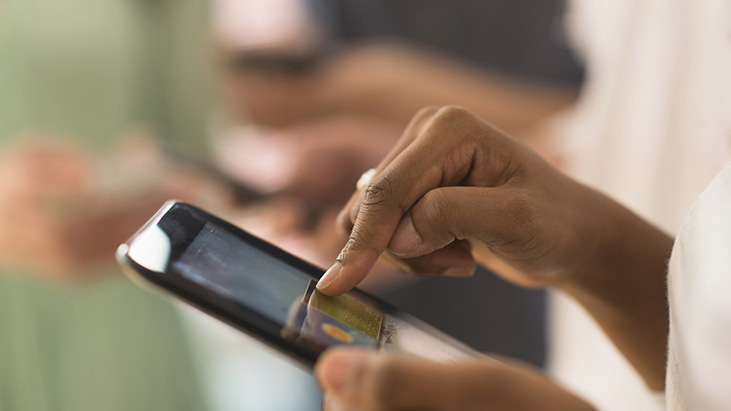SINGAPORE CASE STUDY
One wallet. Multiple uses.
Large Singapore Telecommunications Company uses Telepin platform to provide mobile money services to both ends of the economic spectrum.

The Players
One of the largest telecommunications company in Singapore with some 655 million mobile customers, through the parent company and its subsidiaries. One of the largest listed Singapore companies on the Singapore Exchange by market capitalization, and it has a vast network of offices throughout Asia Pacific, Europe, and the U.S., and employs more than 23,000 staff worldwide.
Download PDF Version
The winning feature of the mobile wallet app was timing; while in-person payment solutions might take hours, or even days, to be fulfilled, mobile wallet payments through the Telepin platform are done in real time.
The Challenge
About 180,000 Filipino nationals work in Singapore, the majority of them as domestic workers. Traditionally, many of these foreign workers send a part of their wages to the Philippines once a month to support family members. To accomplish that, these workers would travel to a shopping mall in which numerous remittance companies—including several telecommunications companies, along with Western Union, MoneyGram, etc.—had outlets. At the other end of the economic spectrum, Singapore has the third-highest GDP in the world, with about a quarter of households bringing in more than US$9,750 a month. At that end of the income scale, there was demand for a highly secure, reliable way to make mobile payments—both at high-end retailers and the city-state’s many street-level noodle shops.

The Solution
Telepin’s approach was to provide a highly secure and scalable platform that would allow Filipino residents of Singapore to make remittances to their family members, with the capability for the Singapore telecommunications company to add more services to the mobile wallet as the market demand expanded.
The Telepin platform lets customers add new functionality and services to keep pace with the mobile digital economy demand, industry trends, and the growing financial needs of mobile users. Telepin’s customer base includes successful deployments with tier-one mobile and telecommunications operators in the Middle East, Africa, and the Americas. With more than 256 million subscribers and more than a million merchants, Telepin has securely processed more than 10 billion transactions—a number that grows daily.
Rolling out the remittance service—called mRemit at first—meant the telecommunications company had to win over customers to a new way of doing business. At first, the company continued to offer over-the-counter, in-person service. Next, it offered an SMS-based menu service for customers who weren’t comfortable with using a mobile app or those who didn’t have a smartphone. The company then introduced the mobile service by marketing the new app through events featuring Filipino musicians and other celebrities. The market caught on and matured quickly.
“Telepin’s technical challenge was being able to connect the Singaporean customer to their final destination, to allow the transactions to be done in real time,” said Eric Feeley, Telepin’s chief technology officer. The winning feature of the mobile wallet app was timing; while in-person payment solutions might take hours, or even days, to be fulfilled, mobile wallet payments through the Telepin platform are done in real time. Even more, the service is completely transparent for users.
A more logistical challenge was the level of regulatory oversight in Singapore.
“Singapore is perhaps the most thorough and process-driven regulatory environment,” said Feeley. “Working collaboratively, we ensured that all our new features and functionality lined up with regulatory requirements, and now we measure everything we do around the world against those best practices.”

The Results
On the remittance side, the Telepin platform allows the telecommunications company to have three flavours: from one MSS system to another, so the funds go directly from one user’s wallet to another’s; a voucher transfer, which allows the recipient to get cash from a store that supports the voucher; and a transfer that goes from a user’s phone to the bank account of a recipient.
The turning point in driving market share, said Feeley, was when the telecommunications company introduced its merchant payment system, using Telepin’s backbone technology, particularly in taxis. With that, customers—or customers of any number of mobile payment systems, including Apple Pay—could easily make payments from their phone-based wallets.
“One of the cool things is that, even at the smallest food stall, you can use the mobile wallet to buy something from the Nike Store or a bowl of $3 noodles,” said Feeley.
“From the end user’s perspective, it can all be done from one wallet, and you can get access to your money as quickly as possible.”
 Powered By Telepin: Tunisie Telecom Revolutionizes Its Charging System - Read More
Powered By Telepin: Tunisie Telecom Revolutionizes Its Charging System - Read More